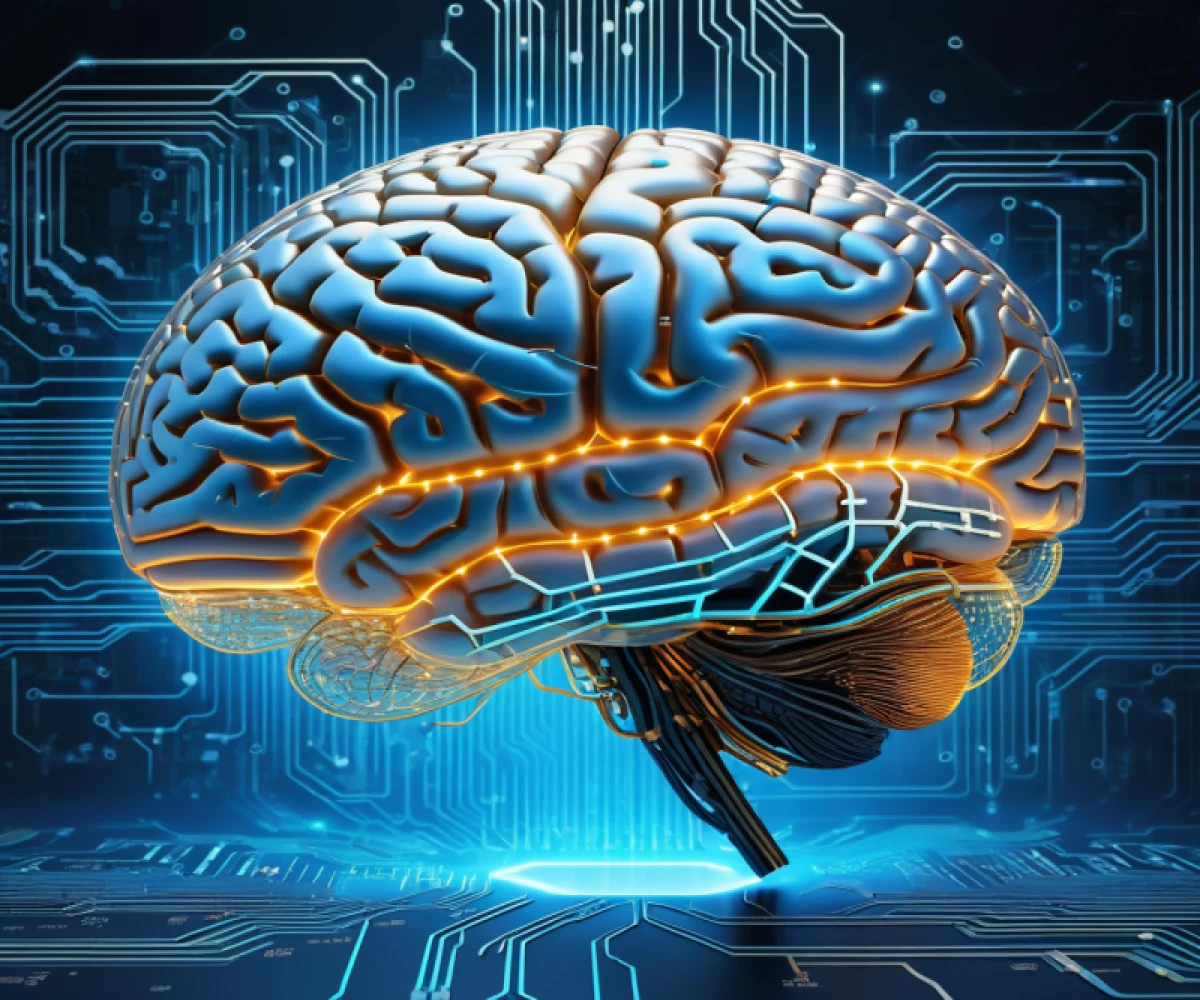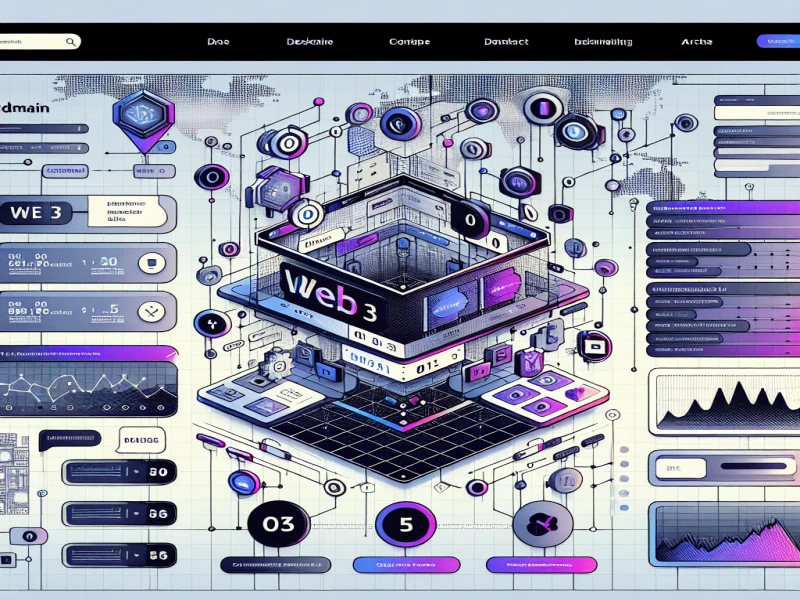
9 Core Features of Web 3.0: A Deep Dive into the Future of the Internet
9 Core Features of Web 3.0: Diving into the Future of the Internet
The internet is constantly evolving, and the next big leap is on the horizon - Web 3.0. But what exactly is it, and what makes it different from the Web we know today? Buckle up, because we're about to explore the nine core features that define this exciting new chapter in online experience:
1. Decentralization: Gone are the days of centralized servers controlling your data. Web 3.0 empowers users, shifting the power structure to a peer-to-peer network. Imagine accessing websites without relying on a single company, or storing your data securely across a distributed network, eliminating single points of failure.
Example: Imagine buying a digital artwork and owning the unique token representing it, stored securely on a blockchain, independent of any platform.
2. Semantic Web: This isn't just about keywords anymore. Web 3.0 understands the meaning of content, not just the words themselves. This opens doors to personalized experiences, intelligent search results, and seamless interactions between applications.
Example: Imagine searching for "best restaurants near me" and getting results tailored to your specific preferences, from cuisine to ambiance.
3. AI and Machine Learning: Web 3.0 leverages AI's power to personalize your experience like never before. Imagine intelligent assistants anticipating your needs, proactive content recommendations, and adaptive interfaces that adjust to your individual preferences.
Example: An AI-powered language translator that understands context and nuances, providing natural and accurate translations in real-time.
4. Ubiquitous Connectivity and IoT: The internet will be everywhere, seamlessly integrated into our daily lives. Imagine smart homes that adjust to your mood, wearables that monitor your health, and cities that optimize traffic flow based on real-time data.
Example: Your smart refrigerator automatically reorders groceries you're running low on, seamlessly integrating with your online shopping preferences.
5. 3D and Spatial Experiences: Get ready to ditch the flat screen. Web 3.0 ushers in immersive, 3D experiences that blur the lines between the physical and digital worlds. Imagine attending virtual concerts, collaborating in 3D workspaces, or exploring educational simulations that feel real.
Example: Learning about ancient Rome by walking through a virtual recreation of the city, complete with interactive elements and historical landmarks.
6. Blockchain and Crypto: This distributed ledger technology forms the backbone of Web 3.0, enabling secure and transparent transactions, ownership of digital assets, and even decentralized governance models. Imagine buying and selling goods without intermediaries, securely storing your medical records, or participating in online communities with transparent decision-making processes.
Example: Musicians receive micropayments directly from fans whenever their music is streamed, bypassing traditional platforms and ensuring fair compensation.
7. Redefined Data Ownership: You, not tech giants, control your data. Web 3.0 empowers users to decide who accesses their information, for what purpose, and how it's used. Imagine selling your anonymized data on your own terms, choosing which applications can access specific information, and enjoying complete transparency in how your data is handled.
Example: You decide if a fitness app can access your location data but keep your medical records private, giving you granular control over your digital footprint.
8. Edge Computing: Processing power moves closer to the user, enabling faster, more responsive applications and services. Imagine real-time data analysis for autonomous vehicles, low-latency gaming experiences, and instant content delivery regardless of your location.
Example: Your smart glasses seamlessly translate languages in real-time, processing the information locally instead of relying on distant servers.
9. Metaverse Integration: The line between online and offline worlds blurs even further. Imagine attending virtual events as your digital avatar, interacting with others in shared spaces, and seamlessly transitioning between physical and virtual experiences.
Example: You attend a business meeting in a virtual conference room, collaborating with colleagues from across the globe in real-time, regardless of their physical location.
Web 3.0 is still in its early stages, but its potential is vast. As these core features evolve and integrate, we can expect a future internet that is more personalized, secure, and empowering than ever before. Are you ready to dive into the next chapter of the web?
Remember: This is just a glimpse into the exciting world of Web 3.0. As this technology continues to develop, the possibilities are endless!


